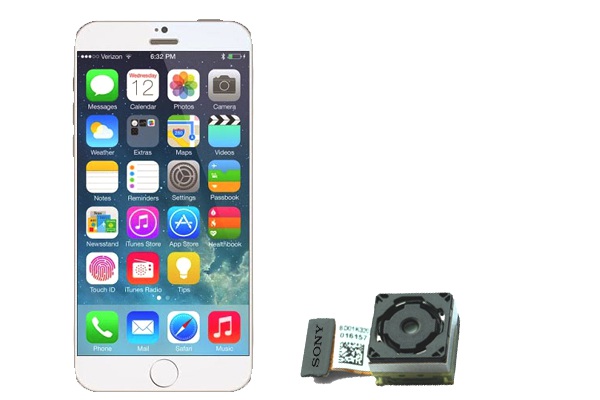
If Samsung has taught us one thing, it’s that providing components to your competitors can be a very lucrative business. The once-dominant smartphone maker has struggled in the last two years to compete with Apple and in turn, sales have declined each quarter. However, Samsung as a whole is doing fairly okay, thanks to rising profits from their components division. For those unfamiliar, Samsung supplies the now A8 and A9 chips that Apple develops in house and in the past had produced the other A series chips that power the iPhone, iPad, and Apple TV. Ironically for Samsung, every smartphone sale they lose to Apple is a gain for their components and semiconductor division.
When former CEO Sir Howard Stringer commanded Sony, he argued that it would be nuts for the company to provide their expertise to competitors. Stringer’s thinking was that why should Apple’s iPhone cameras shine when Sony instead could power their own phones exclusively and use it as a differentiator to sell Xperia phones. Of course what he didn’t account for is that in mobile, a lot more goes into producing a great photo then a lens, an expertise that Sony lacks to this day. Stringer also likely thought that they could match Apple’s dominance – or near dominance – in sales, which also has not come to fruition. I’ve lobbied for years that Sony should make a profit off their competitors and in turn, take that money and invest it into the company. Luckily when Kaz Hirai took helm of the company, he shared that view and it’s now paying off in strides for Sony.
During their Q3 2015 earnings report, Sony revealed that their components business has become more profitable than ever. The division, which is responsible for the camera sensors Sony develops, reported a $215 million profit on $1.5 billion revenue. Sales also grew by 4.1% year-on-year while profitability increased by whopping 29%. Expect things to look even better for the division next quarter with Apple having had another record breaking launch with iPhone 6s which saw over 13 million units sold over launch weekend.
It’s also worth noting that Sony’s semiconductor business is also on the rise, reporting a $272 million profit, up 15% year-on-year on revenue of $2.2 billion, also up 7%. Sure these divisions might not be glamorous and are in fact completely invisible to the consumer but what Sony needs more then ever is a strong core. From there, they can hopefully and carefully reinvigorate their mobile division and reclaim the home theater landscape.
Discuss:
Do you think it wise for Sony to power their competitors?
